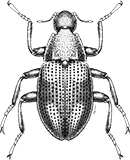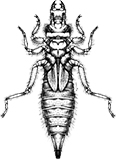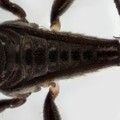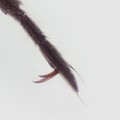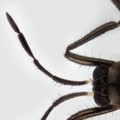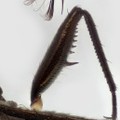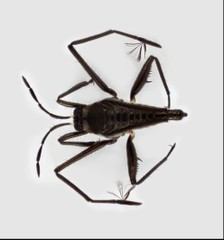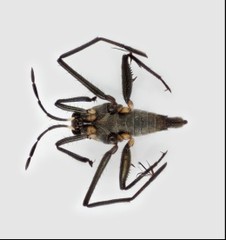Genus Overview
Usually when we think of striders, we picture insects skimming across the surface of still, open water. However, members of the genus Rhagovelia are different; they are sometimes nicknamed “Riffle Bugs” as they tend to show habitat preference towards surface water of stream riffles, or just downstream of them. There are about 10 species in North America. Members of this genus, like the rest of their family, are piercing predators and sometimes scavengers. They wait at the surface, feeding on dead or living small invertebrates that float or swim by.
Characteristics
POLLUTION TOLERANCE
Mid-Atlantic: up to 6
0 = least tolerant, 10 = most tolerant
FEEDING HABITS
Piercer / Predator
MOVEMENT
Skater
DISTRIBUTION
Widespread (east of the Rocky Mtns.)
HABITAT
Lentic-limnetic
Lotic-erosional
Lotic-erosional
Diagnostic Characters



















